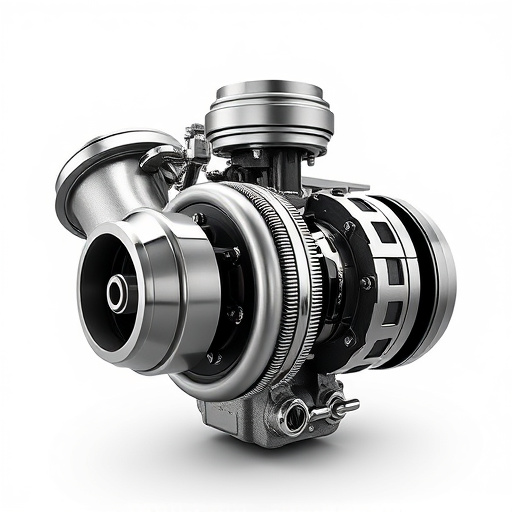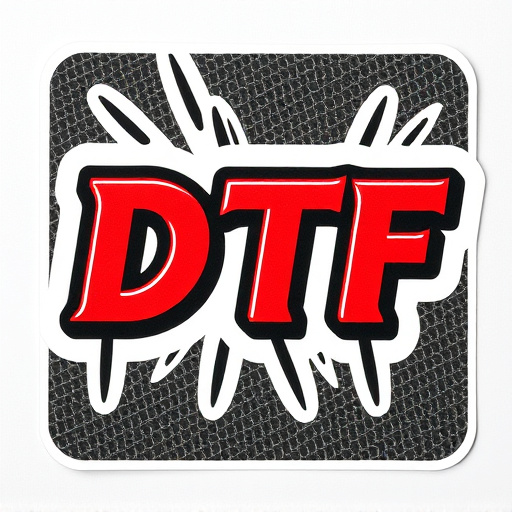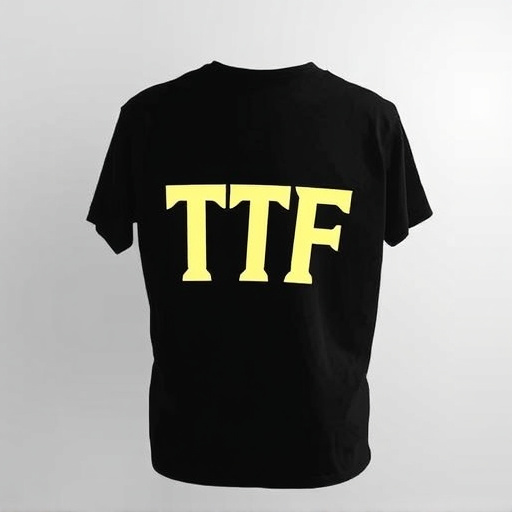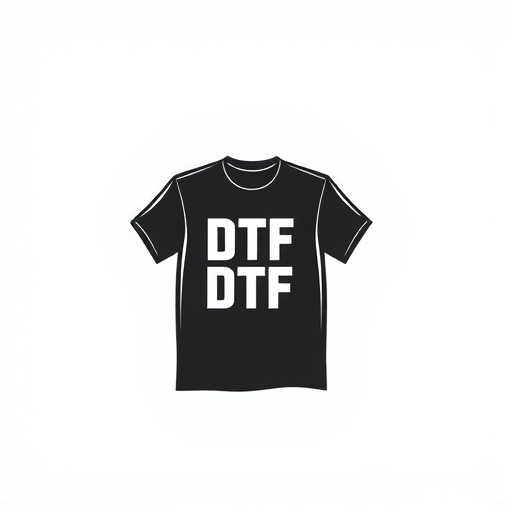DTF Transfer Printers revolutionize apparel production with fast, high-quality custom design capabilities, eliminating traditional screen printing methods. While offering immense creative potential for small businesses, it's crucial to consider their environmental impact, such as ink production and waste management. Choosing eco-friendly inks with vegetable-based dyes and recycled or biodegradable transfer films minimizes toxic chemicals and waste. Implementing sustainable practices like water-based inks, recyclable films, proper maintenance, and closed-loop ink systems reduces environmental impact and enhances efficiency, fostering greener clothing customization.
“Unleash your creativity with eco-conscious practices for DTF transfer printing. This guide explores sustainable strategies to minimize the environmental impact of these versatile printers. From understanding the unique challenges of DTF technology to discovering earth-friendly inks and materials, we provide actionable tips for efficient, green operations. Learn how to navigate the world of DTF printing with a focus on sustainability, ensuring your designs leave a positive mark without compromising quality.”
- Understanding DTF Transfer Printers and Their Impact
- Eco-Friendly Ink and Materials for DTF Printing
- Sustainable Practices for Efficient DTF Operations
Understanding DTF Transfer Printers and Their Impact
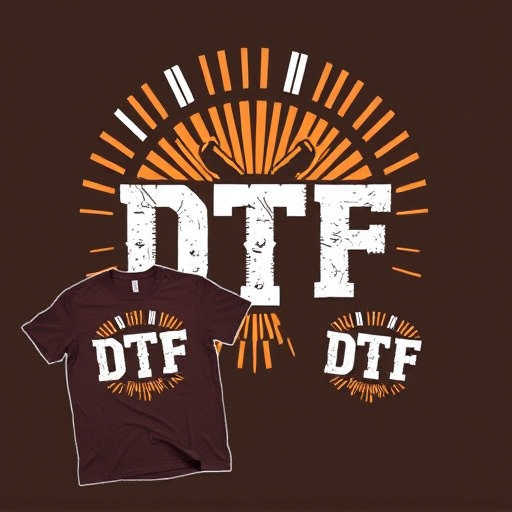
DTF Transfer Printers, short for Direct-To-Film Transfer printers, are a cutting-edge technology used in the apparel industry to create custom designs on various garments. This process involves transferring ink from a film or sheet directly onto the fabric using heat and pressure, eliminating the need for traditional screen printing methods. With DTF for apparel gaining immense popularity, businesses can now offer personalized hoodies, T-shirts, and other items with intricate, high-quality designs in record time.
These printers have revolutionized custom printing by enabling small businesses and entrepreneurs to produce unique, on-demand products. They are especially beneficial for creating custom sheets for heat pressing designs onto garments, allowing for a wide range of creative possibilities. However, it’s crucial to be mindful of the environmental impact associated with DTF technology. From ink production and waste management to energy consumption, understanding these printers’ ecological footprint is essential for promoting more sustainable practices in the printing industry.
Eco-Friendly Ink and Materials for DTF Printing
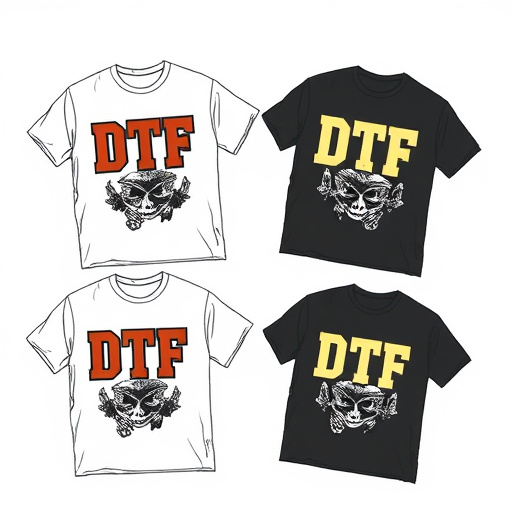
When it comes to eco-friendly practices in DTF (Direct-to-Fabric) transfer printing, one of the key areas to focus on is the choice of ink and materials. Opting for sustainable alternatives can significantly reduce the environmental impact of your printing process. Eco-friendly inks are designed to minimize toxic chemicals and volatile organic compounds (VOCs), making them safer for both printers and the planet. These inks often contain vegetable-based dyes or other non-toxic colorants, ensuring a more harmless production process.
Additionally, using recycled or biodegradable DTF transfer films is another effective way to promote sustainability in bulk DFT shirt production. Custom DTF transfers made from these materials can still deliver vibrant and long-lasting prints while reducing waste. This simple switch contributes to a greener approach to clothing customization, allowing businesses and individuals to create custom designs without compromising their environmental responsibility.
Sustainable Practices for Efficient DTF Operations
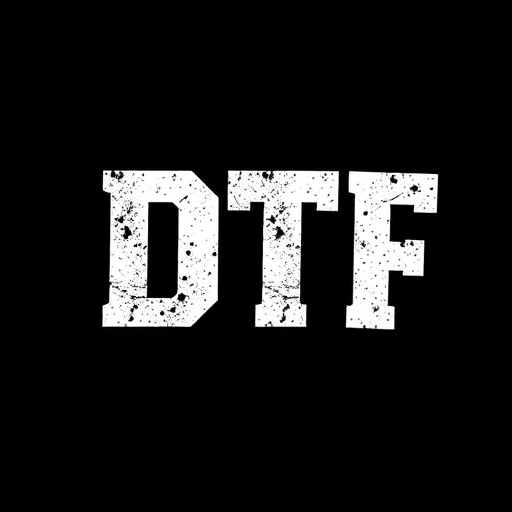
Incorporating sustainable practices into your DTF (Direct-to-Garment) transfer printing operations can significantly reduce environmental impact while enhancing efficiency. One key strategy is to opt for eco-friendly materials, such as water-based or solvent-free inks and recyclable DTF transfer films. These alternatives minimize harmful emissions and waste generation compared to traditional options. Regularly maintaining your DTF transfer printer is another crucial step; proper cleaning and calibration ensure optimal performance, reducing the need for frequent material replacements.
Additionally, implementing a closed-loop system for ink management can be game-changing. This involves recycling and repurposing used ink, cutting down on consumption and waste. For businesses focusing on DTF printing for hoodies or other apparel, using sustainable fabrics is equally important. Selecting organic or recycled materials for your blank garments reduces the carbon footprint associated with traditional textile production. These practices not only contribute to a greener environment but also foster a reputation for responsible manufacturing among customers interested in eco-conscious products, making your best DTF printer an even more valuable asset.
DTF Transfer Printers, while offering innovative design capabilities, can significantly impact the environment. However, adopting eco-friendly practices is achievable and beneficial. By utilizing sustainable inks and materials, as well as implementing efficient operational methods, users can minimize the ecological footprint of their DTF printing processes. These tips not only contribute to a greener future but also enhance the overall sustainability of this technology in the thriving world of design and manufacturing.







